Lasik (Laser-Assisted In Situ Keratomileusis) treatment is a popular and effective procedure designed to correct vision problems such as myopia, hyperopia, and astigmatism. Early diagnosis and timely treatment are essential for achieving optimal results and preventing the progression of vision issues. At Shree Ramkrishna Netralaya, we provide the best laser eye surgery using the latest technology and personalized care to ensure the best outcomes for our patients.
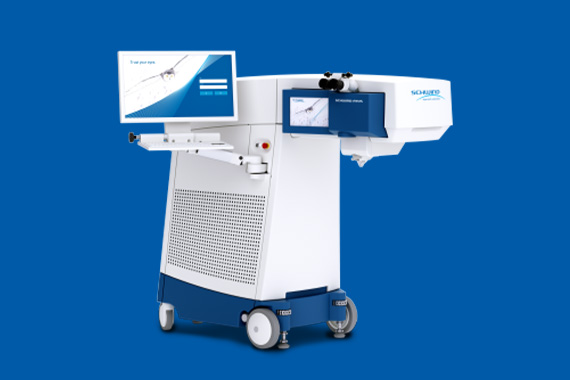
Book Appointment Download Brochure
Eligibility for Lasik surgery as well as Laser Cataract Removal is determined through a series of comprehensive eye exams conducted by our experienced Lasik surgeons. These exams assess various factors, including the thickness of your cornea, the stability of your prescription, and overall eye health, to determine if Lasik is the right option for you. Specialized tests such as corneal topography, wavefront analysis, and pupil size measurement are integral parts of our evaluation process. These advanced diagnostics help us customize the Lasik procedure to suit your unique visual needs, ensuring the best possible outcome.
At Shree Ramkrishna Netralaya, we utilize cutting-edge technologies to ensure precise diagnostics and successful Lasik treatments:
Measures how light waves travel through the eye to create a detailed map for customized treatment.
Provides a 3D map of the cornea’s surface, essential for planning the Lasik procedure.
Measures the thickness of the cornea to assess suitability for Lasik.
Offers high-resolution imaging of the eye's structures to ensure detailed evaluation.
A comprehensive eye scanner that provides critical information about corneal thickness and curvature.
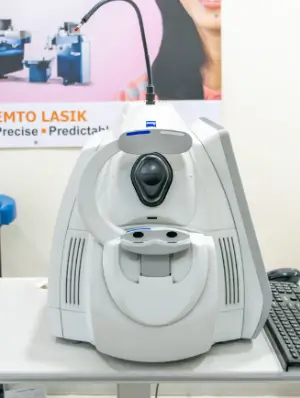
Pachymetry
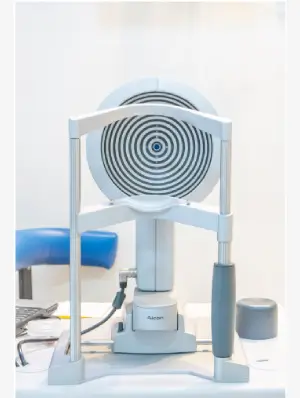
Corneal Topography
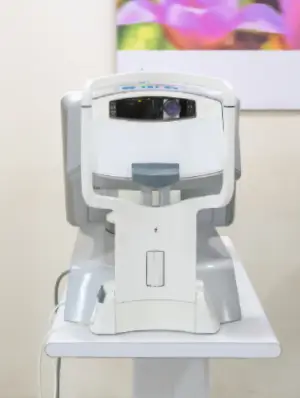
LipiView
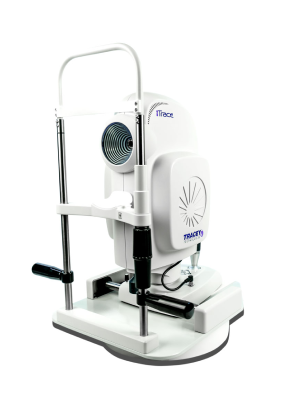
iTrace
We offer various Lasik treatment options tailored to meet the specific needs of each patient:
Femto LASIK, or Bladeless LASIK, uses a femtosecond laser for the corneal flap, enhancing precision and safety. The cornea is reshaped to correct vision issues, providing predictable outcomes and reducing risks compared to traditional bladed LASIK.
Contoura Vision (Topography-Guided LASIK) Surgery is an advanced procedure that uses detailed corneal mapping to customize LASIK treatment. It corrects individual irregularities, improving visual acuity, reducing glare, and providing better visual quality.
This is an advanced LASIK surgery using a femtosecond laser for a precise corneal flap without a blade. This approach enhances safety, allows customization of flap size and shape, and promotes faster visual recovery. Benefits include improved predictability, reduced infection risk, and increased patient satisfaction. Eligibility depends on individual eye health and refractive needs, requiring a consultation with an experienced eye surgeon.
PRK (Photorefractive Keratectomy) surgery is a refractive eye procedure that uses an excimer laser to reshape the cornea's surface, correcting vision problems. Unlike LASIK, it removes the cornea's outer layer and has a slightly longer recovery time. PRK is recommended for patients with thinner corneas or those ineligible for LASIK.
Microkeratome LASIK is a traditional approach using a microkeratome blade to create the corneal flap for vision correction. It has been successful but is less common now due to newer, safer bladeless LASIK options available. Consultation with an eye care professional is essential for eligibility assessment.
Here are some tips to prepare for your Lasik treatment:
The recovery period after Lasik surgery is generally quick, with most patients experiencing improved vision within 24 hours. However, it's essential to follow your surgeon's instructions for post-operative care to ensure the best results. This includes attending all follow-up appointments, using prescribed eye drops to prevent infection and inflammation, and avoiding strenuous activities for a few weeks. During the recovery phase, you may need to wear protective eyewear, especially at night, and avoid rubbing your eyes. Temporary side effects like dry eyes or mild discomfort are normal and typically resolve within a few weeks.
While Lasik is generally safe, it's important to be aware of potential risks and complications:

Temporary dryness is common but usually improves with time.

Some patients experience glare or halos around lights, especially at night.
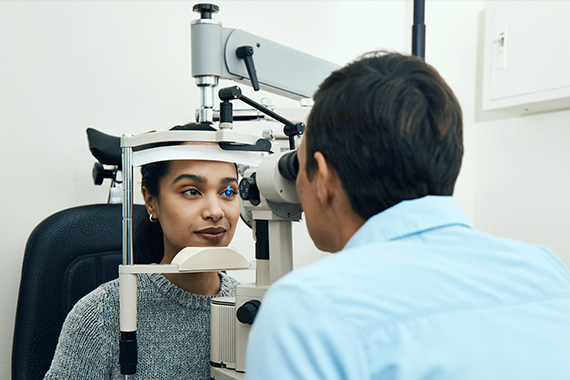
An some cases, a second procedure may be needed to achieve the desired results.
Shree Ramkrishna Netralaya is at the forefront of Lasik surgery innovations, offering:
Our team at Shree Ramkrishna Netralaya includes experienced lasik surgeons and specialists who are experts in Lasik treatment:
Shree Ramkrishna Netralaya in Thane is your best choice for comprehensive, advanced, and successful Lasik treatment as well as laser cataract removal. Our state-of-the-art technology, experienced lasik surgeons, and patient-centered approach ensure that you receive the highest quality care. Schedule your consultation today and take the first step towards clear, hassle-free vision.
Candidates must be over 18, have stable vision for at least a year, and meet certain corneal thickness and health criteria.
The procedure usually takes about 15 minutes per eye, with minimal discomfort.
Most patients experience significant vision improvement within 24 hours, with full recovery in a few weeks.
Long-term complications are rare. Some patients may experience dry eyes or nighttime glare, but these typically improve over time.
Lasik is effective for most cases of myopia, hyperopia, and astigmatism, but a thorough evaluation is needed to determine if it's right for you.
While Shree Ramkrishna Netralaya is your top choice for eye care in Mumbai, you may also consider our other reputable clinics and hospitals near you.
Address:
201 & 202 Elmer #Plot #563, Central Avenue, Corner of, 11th Rd, Chembur, 400071
Phone: 082917 14838
Timing: Mon-Sat- 10 a.m. To 8 p.m.
Address:
Near Risk Care Hospital, Near Makhamali Talao, LBS Marg, Thane, W, Mumbai, Maharashtra 400601
Phone: 02225441139
Timing: Mon-Sat- 11 a.m. To 8 p.m.